Optimal Timing for Foundation Repairs
Foundation repairs are essential for maintaining the structural integrity of a building. The timing of repairs can impact their effectiveness and longevity. Understanding seasonal and environmental factors helps determine the optimal period for addressing foundation issues.
Spring and early summer are generally ideal for foundation repairs due to moderate weather conditions and soil moisture levels.
Extreme cold or heat can hinder repair work. Mild temperatures reduce the risk of materials curing improperly.
Soil stability varies with moisture content; repairs should be scheduled when soil is neither too dry nor too saturated.
Planning repairs during periods of low construction demand can lead to quicker service and better scheduling options.
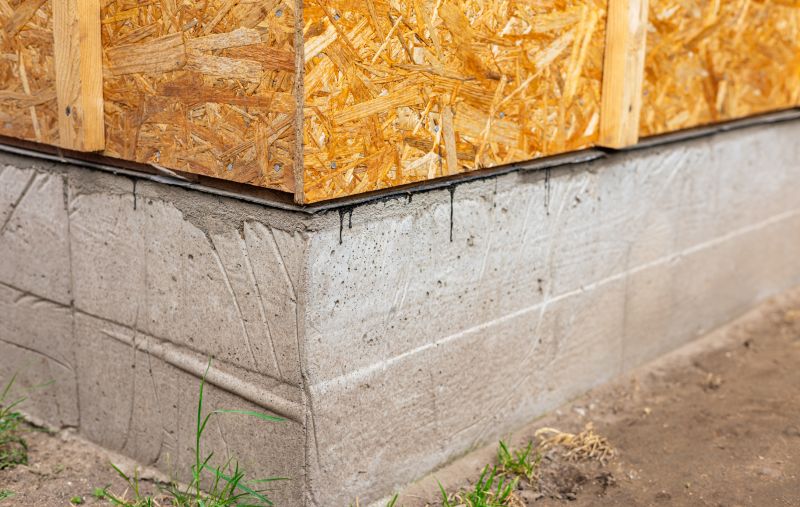
Image depicting foundation stabilization work.

Image showing soil assessment before repairs.
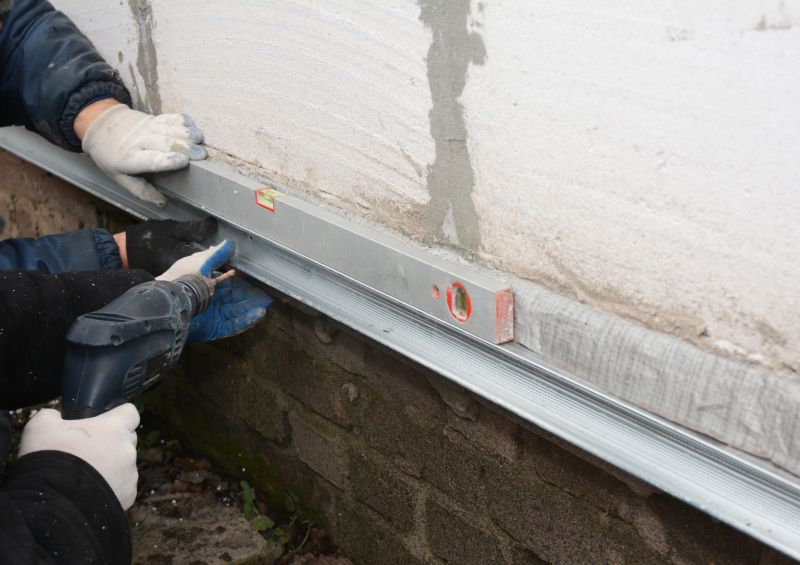
Image illustrating finished foundation repair.

Ways to make Foundation Repairs work in tight or awkward layouts.

Popular materials for Foundation Repairs and why they hold up over time.
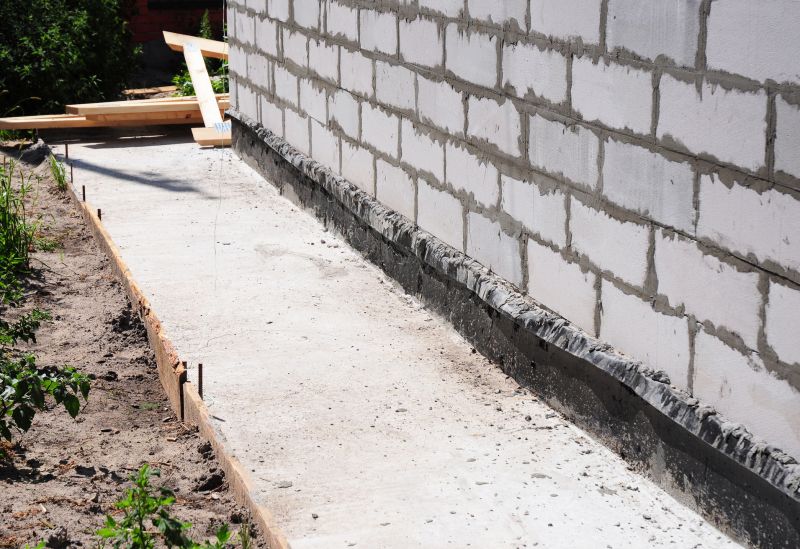
Simple add-ons that improve Foundation Repairs without blowing the budget.
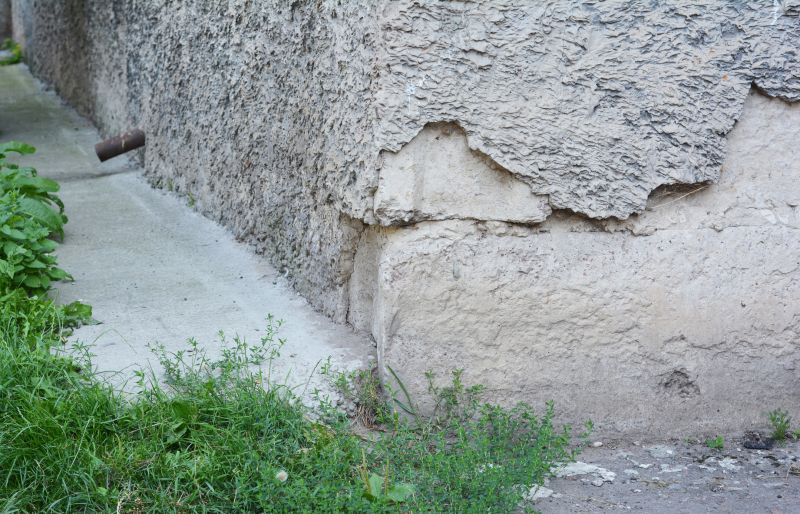
High-end options that actually feel worth it for Foundation Repairs.

Finishes and colors that play nicely with Foundation Repairs.
Foundation repairs involve diagnosing structural issues, such as cracks, settling, or shifting, and implementing solutions like underpinning, piering, or slabjacking. Proper timing ensures that repairs are effective, especially when soil and weather conditions are favorable. Addressing foundation problems promptly can prevent more extensive damage, which often leads to costly repairs and safety concerns.

Image showing a crack indicating foundation stress.
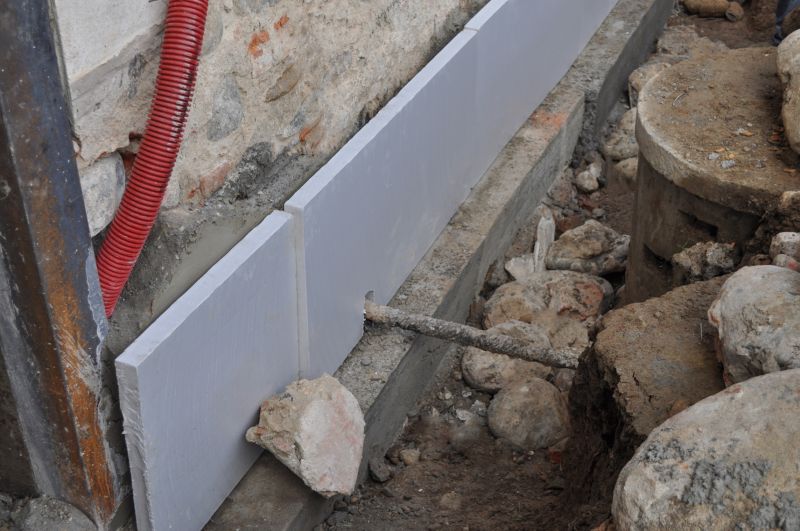
Image illustrating underpinning techniques.

Image of soil moisture testing equipment.
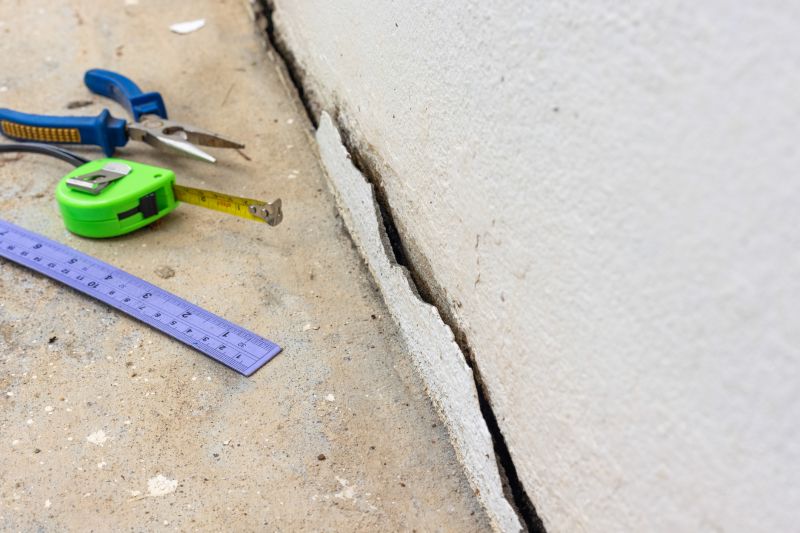
Image of specialized tools used in foundation work.

Little measurements that prevent headaches on Foundation Repairs day.
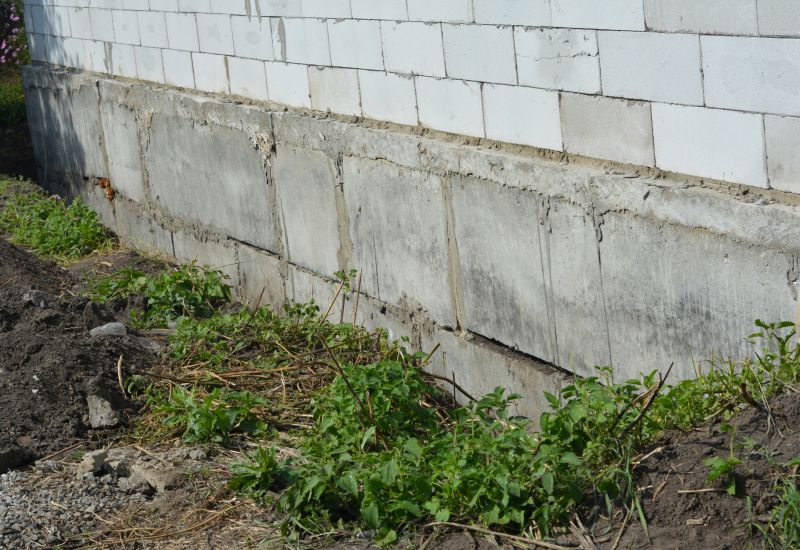
A 60-second routine that keeps Foundation Repairs looking new.

A frequent mistake in Foundation Repairs and how to dodge it.

Small tweaks to make Foundation Repairs safer and easier to use.
| Season | Ideal Conditions |
|---|---|
| Spring | Moderate soil moisture, mild temperatures |
| Early Summer | Warm weather, manageable soil conditions |
| Fall | Cooler temperatures, soil still workable |
| Winter | Not recommended due to cold and frozen soil |
Choosing the right time for foundation repairs can improve the quality and durability of the work performed. It is important to consider local climate patterns and soil conditions. Consulting with foundation specialists can provide tailored recommendations based on specific site conditions and seasonal variations.

Image of a professional inspecting a foundation.
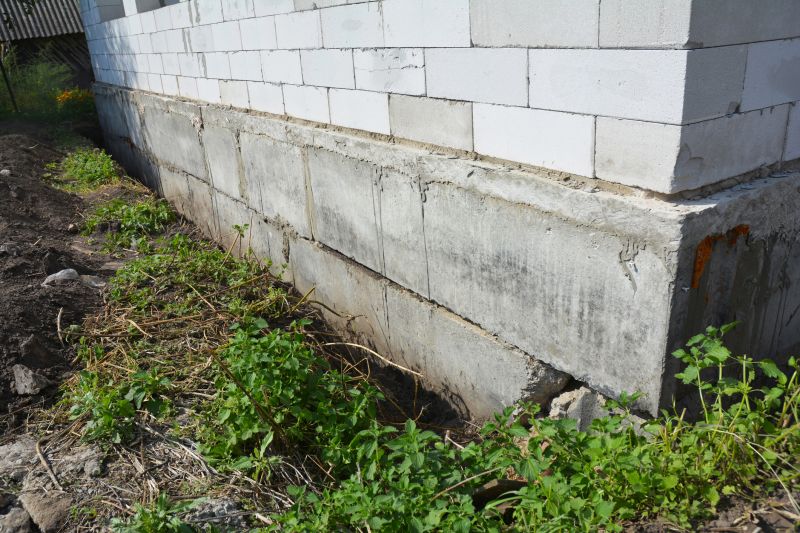
Image showing planning and assessment.
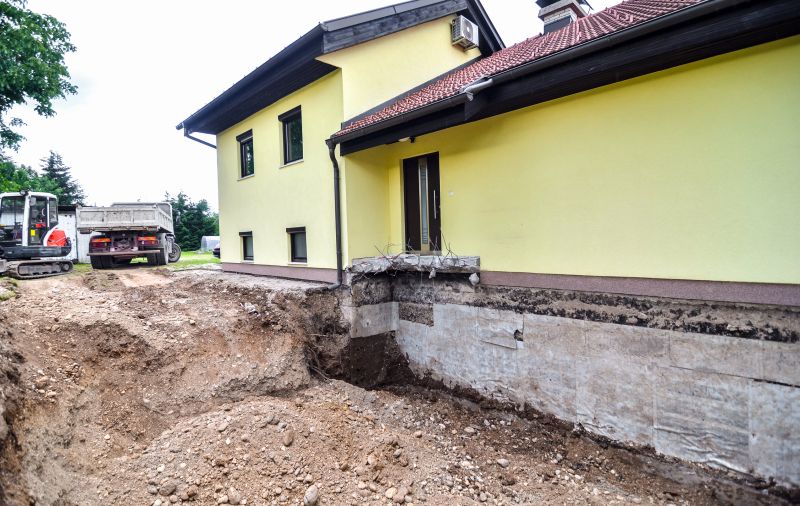
Image of a stable, repaired foundation.
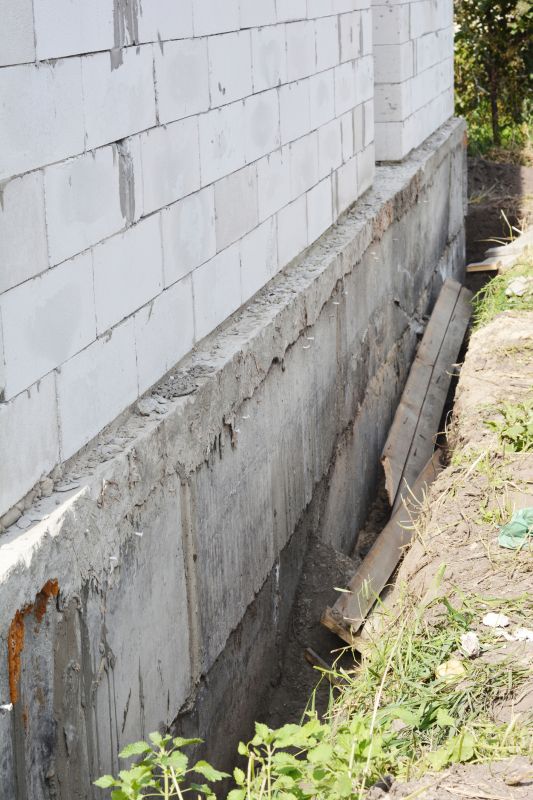
Lower-waste or water-saving choices for Foundation Repairs.

The short, realistic tool list for quality Foundation Repairs.

Rough timing from prep to clean-up for Foundation Repairs.
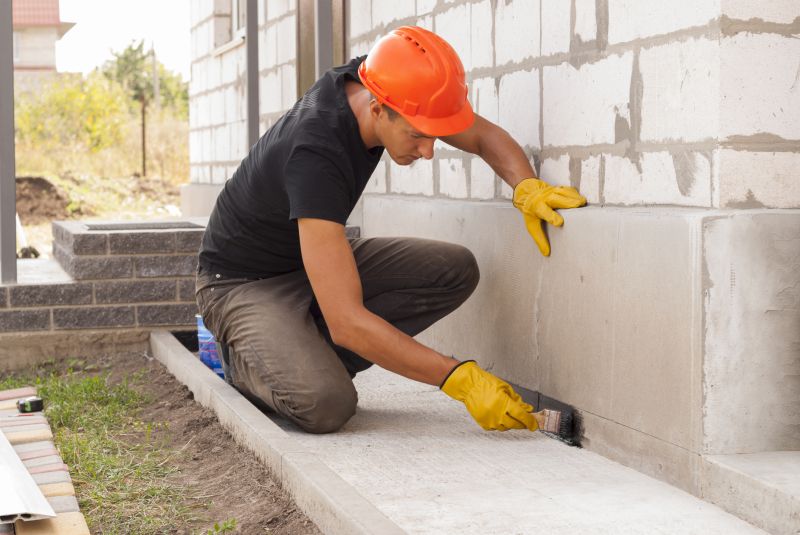
Quick checks and paperwork to keep after Foundation Repairs.
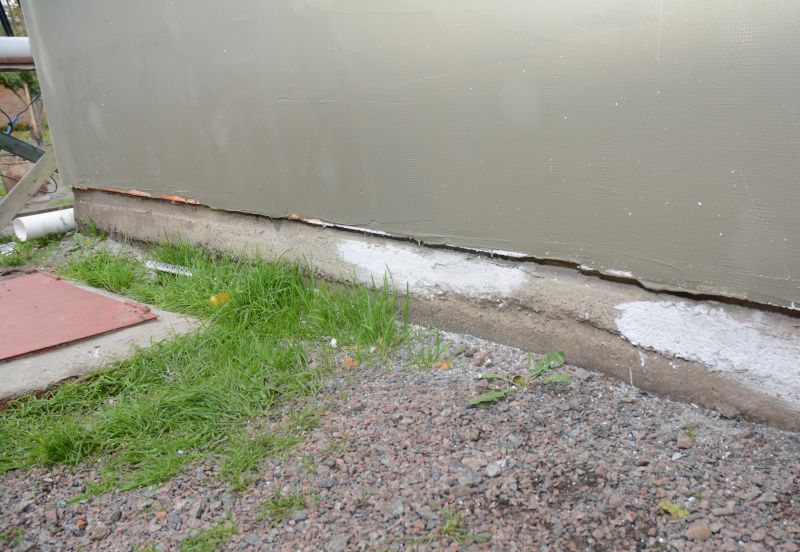
Examples that show the impact a good Foundation Repairs can make.
Interested in foundation repairs? Filling out the contact form provides an opportunity to discuss specific needs and schedule repairs at the most suitable time for the property. Proper timing and professional assessment are key to ensuring long-lasting results.

